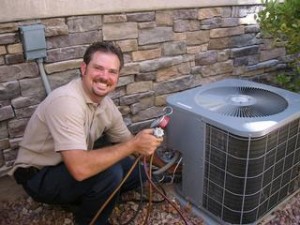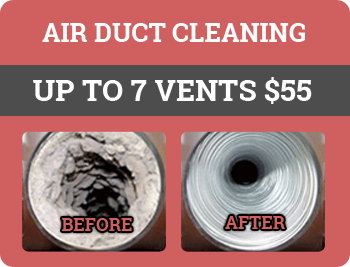Many homeowners rely on energy efficient heating and cooling systems to provide them with the comfort they desire without breaking the bank. This has made them to resort to heat pumps thanks to their efficient operation and exceptional heating capabilities. However, as the temperatures take a dip in winter, many heat pump owners notice their systems behaving in a slightly abnormal manner. They see smoke and hear noise coming from their heat pumps, signs which to many of them point towards a faulty system. However, this is not the case if you know how heat pumps operate.
Understanding the Mechanics of Heat Pumps
At the basic level, heat pumps work in winter by moving the cold air from inside the building, then across a heated coil and again redistributing it back into the building. During the cooling season, the cycle reverses and heat is pumped out of the building while cold air is injected into the building.
Traditional heat pumps absorb heat from the outside air and then transfer it to the refrigerant so that it can be used to heat up the indoor air. During colder months, the pumps require backup heat from the electric coils in order to attain sufficient cooling.
Heat pumps go through condensation and release of steam which to many homeowners look like smoke hence the concern. Thus, if you see your heat pump smoking periodically in the course of the day or becomes noisier than normal, you should take time to familiarize yourself with the goings on in the heating cycle.
Understanding the Pump Cycle
Heat pumps operate on a regular cycle so as to either cool or heat your home. Knowing how this cycle goes is important so that you can tell when its operation is on the normal range and at what point needs to be inspected by a technician. In most heat pumps, the operating cycle is rather straightforward. The thermostat first triggers the compressor which then initiates the process of producing heated and highly pressurized refrigerant which warms your indoor space.
The heat pump then uses the refrigerant to transfer the heat into your home through the heat exchanger or evaporator coil. When in the process of heating your home, the outer casing of the heat pump may develop a layer of frost. This is mainly because the heating cycle creates condensation which freezes as it comes across the cold winter air.
In an attempt to maintain its efficient and reliable service, the heat pump goes into a defrost cycle so as to eliminate the frost buildup. It is during this process that the heat pump warms up in order to melt the frost which is thereafter released into the air in form of steam. This is what looks like smoke. The good news is, the steaming is never permanent and stops shortly after the completion of the defrost cycle.









